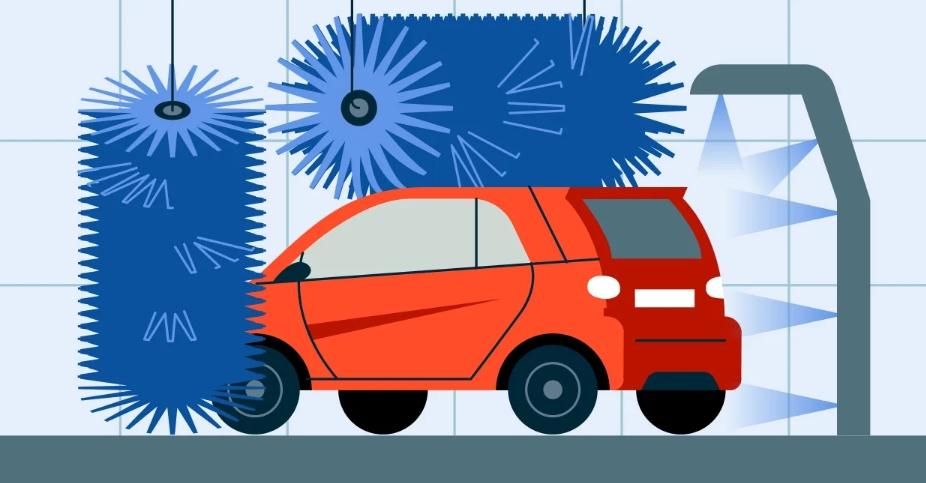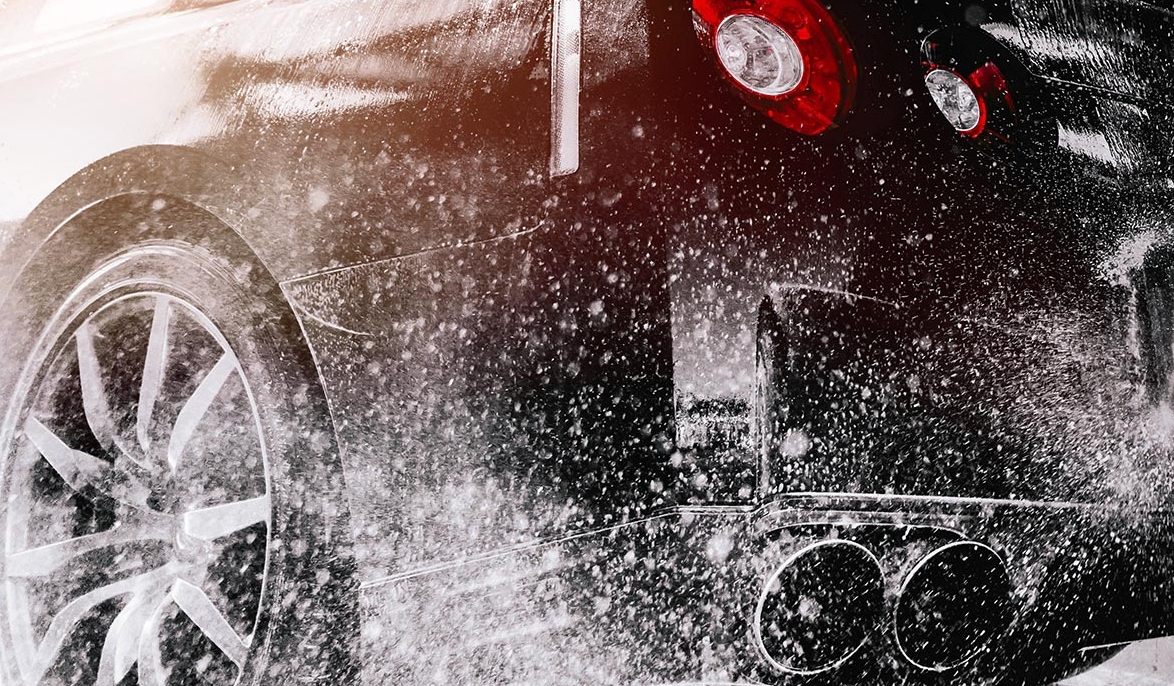I was faced with the need to clean the roof. I have shingles, installed relatively recently, but in some places, for some reason, moss and lichen have already appeared. This is very unpleasant, because the house looks kind of abandoned. Can a soft roof be washed with a pressure washer like a compact car wash? I was told that the pressure washer will damage the soft roof. Are there any other options for cleaning the roof? And after the roof is cleaned, is there any way to prevent the appearance of moss and other unnecessary things?
John Lansky asks us, Louisiana
I would argue that the north, northwest and possibly west sides of your roof look bad, while the rest of the parts look like new. Moreover, I will assume that the worst parts of the roof look, on which the most shadow from the trees falls. I know this because I myself have exactly the same problem as you. Some parts of my rooftop look like the Amazon rainforest. The wind carries moss and lichen spores to the roof, they can also fall from trees or birds can bring them. With abundant rainwater, these spores begin to grow. Since the northern, north-western and western parts of your roof remain in the shade in the morning, the dew that appears on the roof at night does not have time to quickly evaporate. This morning moisture just quenches the thirst of the microscopic botanical garden on the surface of your soft roof. Other parts of the roof dry out quickly and the moss and lichen die of thirst.
I have also heard many times that a pressure washer can damage a soft roof. I know for sure that such sinks can partially destroy concrete. It is a fact. Therefore, it seems logical that the pressure washer can seriously damage the soft roof on the roof. But since I know how easily and quickly it is possible to replace one or several tiles of a soft roof, I decided on an experiment. Moreover, my soft roof is already twenty years old and it is living out its own. I also decided to test a few new soft roof tiles to see if the pressure washer will wash the colored granules off the surface of the material.
The experiment began with the fact that I took a powerful pressure washer with a gasoline engine. This sink is capable of delivering water at a pressure of 150 kg per square centimeter, using 9.6 liters of water per minute. For the spray nozzle, I used a 25-degree nozzle, which is used for general purpose cleaning.
The results of this experiment were amazing. With this pressure washer, I was able to wash all the moss, lichen and twenty years of dirt off my roof. The bituminous shingles did not receive any damage.
At first, I held the spray gun at a distance of 30 centimeters from the surface of the soft tiles, aiming it at the bottom of the roof. There was no tangible result. But as soon as I slowly brought the sprayer to the roof surface at a distance of 15 centimeters, the dirt and vegetation began to wash away. I recommend gently cleaning one tile at a time and then stopping and checking the tile for damage. Move to another part of the roof where the soft roof looks good to make sure that the freshly washed soft roof looks the same. Rest assured that during the cleaning process you can easily spot any damage. If you see small or large black spots or pieces of fiberglass, stop. You are destroying the roof.
You can also use a regular garden hose and brush to clean the soft roof. True, this will already be a titanic work. Always point the hose or pressure washer spray at the bottom of the roof. Never direct the water flow upwards, as it can penetrate under the soft roof and multiple leaks into the house are likely.
If you install copper strips on the top of the roof, then after you clean the soft roof, it will look like new for a long time. To do this, you need to install copper strips 5 – 7 centimeters wide along the ridge. Now you can buy a soft roof, which has already been coated with an invisible copper layer. Then you don’t have to do any of the above to get rid of the moss and lichen. The slow release of copper on the roof surface prevents the growth of moss, lichen and any other plant microorganisms.
Be extremely careful on the roof when dealing with water. If you wet the roof on which there is moss, lichen, dirt, then it becomes slippery, as if oil was spilled on it. Always try to work on the dry part of the roof. Move from the ridge to the eaves within one vertical line, about 50 centimeters wide. Do not forget that somewhere nearby there will always be a hose on which you can also slip. Use a belay to keep from falling off the roof even if you slip.
When you are three meters from the edge of the roof, stop working and stop. Let the freshly washed roof area dry. When the roof is dry, turn around and continue washing the roof so that you move with your face towards the edge of the roof, not with your back, so that you eventually fall


